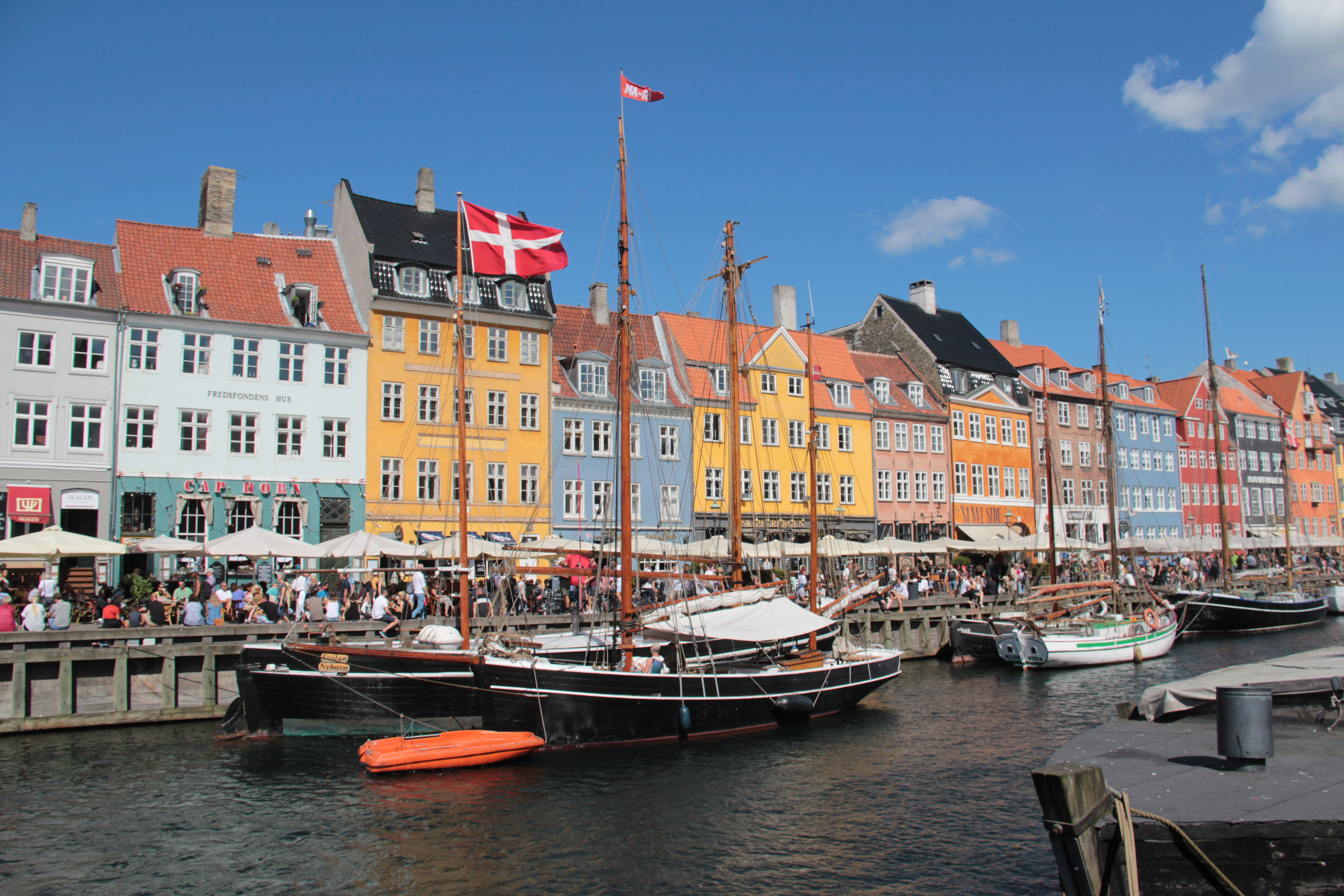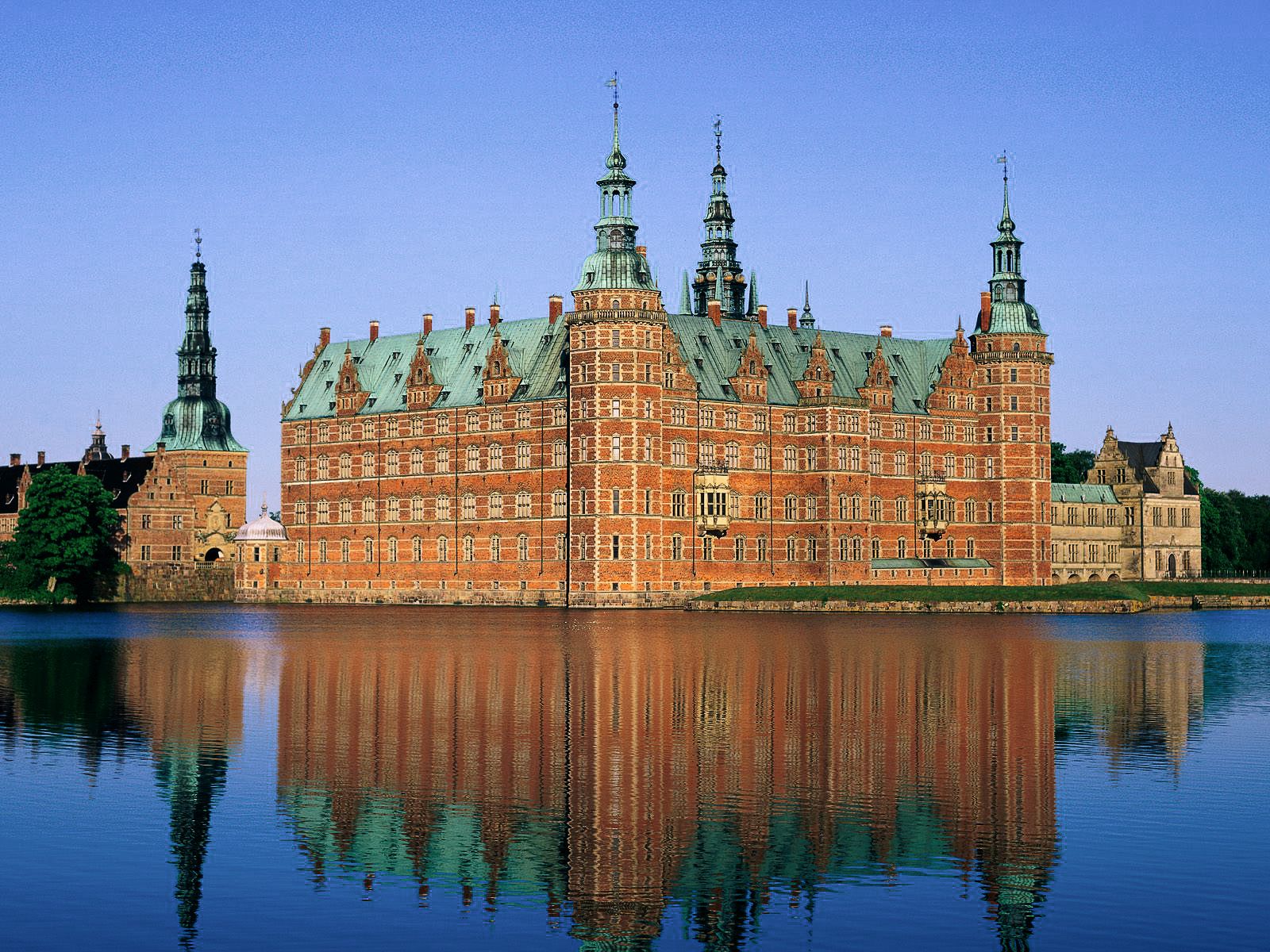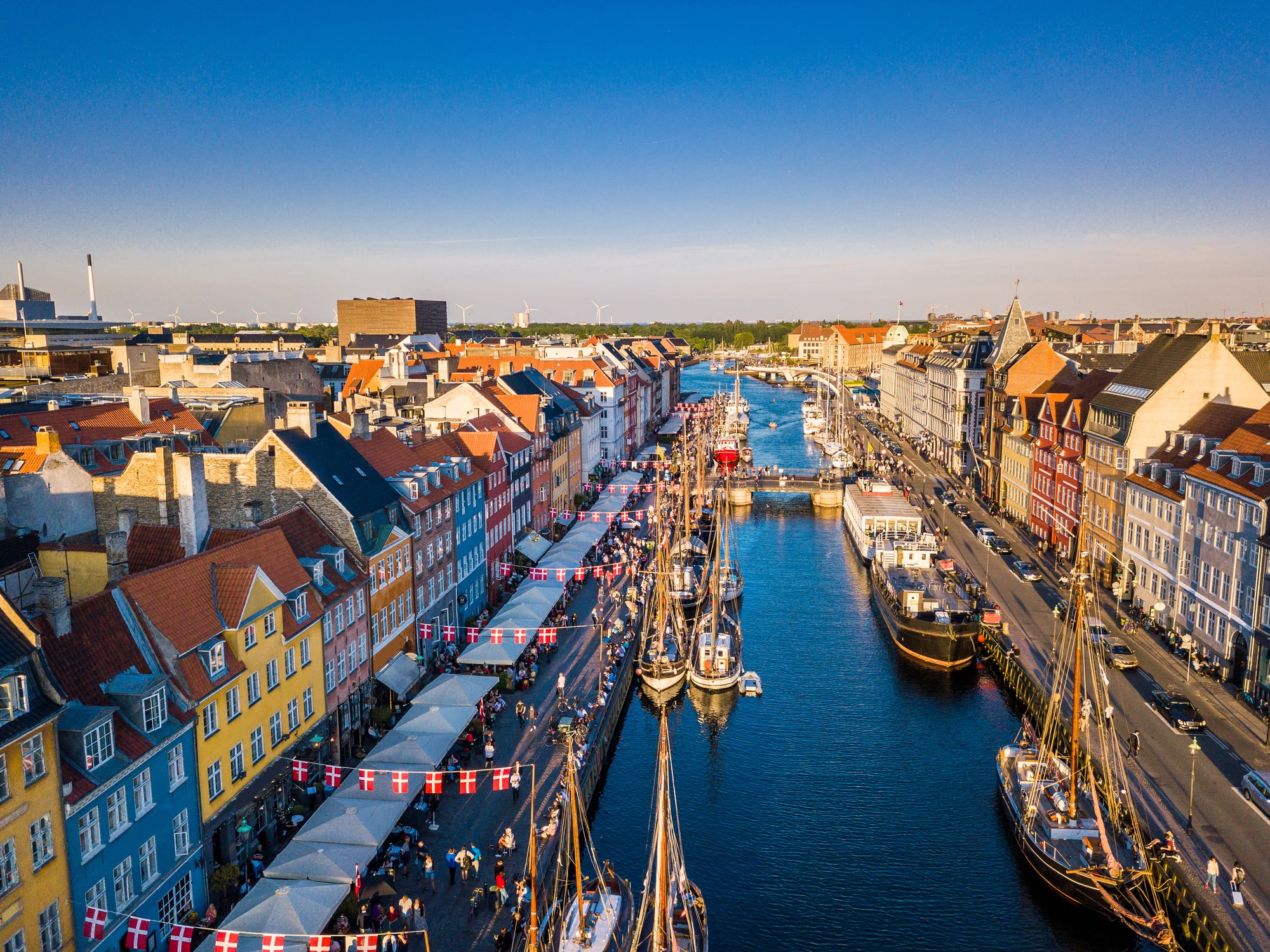Denmark High School - Life In A Nordic Nation
Thinking about what it might be like to attend high school in a place like Denmark really brings up some interesting thoughts. This country, you know, it sits right up there in northern Europe, part of what people call the Nordic group of nations. It's a place that, in some respects, feels quite distinct, a bit different from many other spots on the map, actually. So, if you are someone considering what a student's daily routine might involve in a spot like this, it’s worth considering the whole setting.
Denmark, or Danmark as it's officially known, is the main part and most populated area of what's called the Kingdom of Denmark. This kingdom, also known as the Danish Realm, is set up in a particular way, constitutionally speaking. It’s also the southernmost of the Scandinavian countries, kind of sitting to the northeast of northern Germany, so it has a unique spot on the map, that is for sure.
The country is known for being really advanced in how it uses digital tools, making it one of the most digital places anywhere. This means a lot of everyday things happen online, and most money exchanges are done without cash. This way of living, you know, it probably shapes a lot of things for young people growing up there, perhaps even how they experience their time in a Denmark high school setting, more or less.
Table of Contents
- What is it like to grow up in Denmark?
- How does a digital society affect Denmark high school life?
- What makes Denmark's way of life special?
- What are the surroundings for a student in Denmark?
- Final Summary of Contents
What is it like to grow up in Denmark?
Growing up in Denmark, a young person would find themselves in a country with a very distinct feel, quite Nordic in its character, you know. It’s a country that holds a special spot in northern Europe, being the main part and also where most people live in the larger Kingdom of Denmark. This place, it has a long story, and that story, in a way, shapes the daily feel of things for everyone, including students who attend a Denmark high school, or something similar.
The country itself is formed by the Jutland peninsula, which stretches up from the middle part of continental western Europe, and then there's a group of more than 400 islands. This means that water is pretty much everywhere, shaping the views and the daily paths people take. A student might, in fact, often see the sea or cross a bridge over water just to get to their classes or to meet friends after school, so it’s a very watery place.
Being the southernmost of the Scandinavian countries, located to the northeast of northern Germany, gives Denmark a bit of a special position. It's a place where different influences meet, and this might mean that the way people live, and perhaps even the general attitude in places like a high school, has a particular kind of openness to it. The land itself, with its many islands, makes for a varied setting, which could be quite interesting for young people exploring their surroundings, basically.
A Land Shaped by Water and History
The geography of Denmark, with its peninsula and hundreds of islands, really tells a story about the country's character. There are more than 443 islands, actually, situated to the east of the Jutland peninsula. This means that a lot of Danish life happens near or on the water, and this could easily influence what a young person experiences every day, from school trips to weekend activities, you know.
History also plays a big part in Denmark's identity. For example, the crown of King Christian V, who was in charge of Denmark and Norway from 1670 to 1699, sits on top of the national shield. This crown, it stands for the power of the royal family and the nation itself. The three lions on the shield, they show a strong spirit. This kind of historical presence, while not directly part of a Denmark high school curriculum, still contributes to the overall sense of national identity that students would grow up with, in a way.
The presence of these historical symbols, like the crown and the lions, might give a student a quiet sense of belonging to something bigger, a long line of tradition. It's not something you might think about every day, but it’s there, part of the country’s deeper story. This kind of background, you see, it subtly colors the environment, perhaps even the general feel of a school or a town, pretty much.
How does a digital society affect Denmark high school life?
Denmark is known as one of the most digital places anywhere, and this has a pretty big impact on daily life. Most money exchanges happen without cash, and nearly all interactions with the Danish government happen online. So, you might wonder, how does this very digital way of living actually shape the daily routine for someone attending a Denmark high school? It's a good question, really.
For a student, this means that doing things online is probably just a regular part of their day. They might turn in homework through digital systems, get messages from their teachers on a school portal, or even use digital IDs for various school activities. It makes things very convenient, in some respects, and probably means that young people there are very comfortable with technology from a young age, so that's something.
The fact that most transactions are cashless also means that a student might not carry much physical money. Lunch at school, buying something at a local shop, or even paying for a bus ride could all happen with a card or a phone. This kind of system, you know, it makes things very smooth and efficient, and it's just another example of how technology is truly woven into the fabric of everyday life for young people in Denmark, too it's almost.
The Everyday Digital Pulse
The digital nature of Denmark means that a high school student's interaction with the wider world, and even with their school, is likely to be very connected. Think about it: needing to reach out to a local authority for something, perhaps related to a student ID or a permit, would typically happen online. This means students learn to use digital platforms for official matters very early on, which is a useful skill, basically.
This widespread use of digital tools probably means that Danish high schools themselves are also quite advanced in their technology use. While the text doesn't say exactly what they use, it's fair to think that online resources, digital textbooks, or collaborative platforms would be common. This kind of environment, you see, prepares young people for a world where digital skills are pretty much essential for everything, you know.
It’s not just about schoolwork, either. The general way people communicate, find information, and even entertain themselves in Denmark is heavily digital. So, a student's social life, their hobbies, and how they stay in touch with friends would also be very much connected through various online means. It creates a very modern and interconnected experience for young people, honestly, which is quite interesting.
What makes Denmark's way of life special?
Denmark has, over time, developed a way of life that stands out, especially when you look at its standards of living. After its time as a colonial power, the country has grown to have one of the highest standards of living in Europe. This means that things like public services, infrastructure, and the general quality of daily life are usually at a very good level. This would certainly impact a student's experience, providing a stable and well-resourced environment, pretty much.
Alongside this high standard of living, Denmark also has a fairly open attitude when it comes to people moving into the country. This liberal approach to immigration means that the population is likely to be quite diverse. For a student attending a Denmark high school, this could mean being in classes with people from many different backgrounds, which can make for a rich and varied learning experience, in a way.
The country has, you know, changed quite a bit over the years, becoming a place where things are generally quite comfortable and well-organized. This sense of order and high quality of life would likely extend to the educational system too, meaning students have access to good facilities and resources. It’s a place where people generally live well, and that probably translates into many aspects of life, including school, you know.
High Living Standards and Openness
The high standard of living in Denmark suggests that a lot of things just work well. This could mean that public transport is reliable, healthcare is accessible, and communities are generally well-kept. For a student, this creates a backdrop of stability and comfort that allows them to focus on their studies and personal growth, rather than worrying about basic services, so that's a plus.
The country's openness to immigration also shapes the social fabric. A Denmark high school, or any school for that matter, would likely reflect this diversity. Students might learn about different cultures and viewpoints directly from their classmates, which can broaden their horizons and help them develop a more global perspective. This kind of environment, you see, is very good for personal development and for understanding the wider world, you know.
This evolution into a country with a high quality of life and an open outlook has made Denmark a place where young people can grow up with a sense of security and a chance to meet many kinds of people. It’s a setting that supports learning and personal growth in many ways, offering a good foundation for young people as they move through their school years and beyond, as a matter of fact.
What are the surroundings for a student in Denmark?
When you think about the surroundings for a student in Denmark, it’s not just about the school building itself, but the whole country around them. The text mentions that you can find places to taste good things fresh from the oven, and that sailing through Denmark’s islands offers fresh air, local tastes, and good food at every stop. This paints a picture of a country that values simple pleasures and natural beauty, basically.
For a student, this means that their everyday environment might be filled with opportunities to enjoy good food and fresh air. Maybe there are bakeries near their Denmark high school where they can grab a snack, or perhaps school trips involve visiting some of these islands. It suggests a lifestyle where being outside and enjoying local offerings is a pretty common thing to do, you know.
The mention of "delicious islands" where "fresh air, local flavours, and good food greet you at every stop" points to a culture that appreciates quality local produce and a connection to the natural world. This could mean that a student's diet might include fresh, local ingredients, and that outdoor activities are a regular part of their leisure time, which is pretty good for overall well-being, too it's almost.
Flavors and Fresh Air by the Sea
Imagine a student finishing their classes at a Denmark high school and heading out into a place where good food is easy to find. This could mean simple, tasty meals at home, or

Copenhagen - Top 11 things to do in the Danish capital city

9 Beautiful Villages And Towns To Visit in Denmark - Hand Luggage Only

Denmark travel guide: Everything you need to know before you go | The